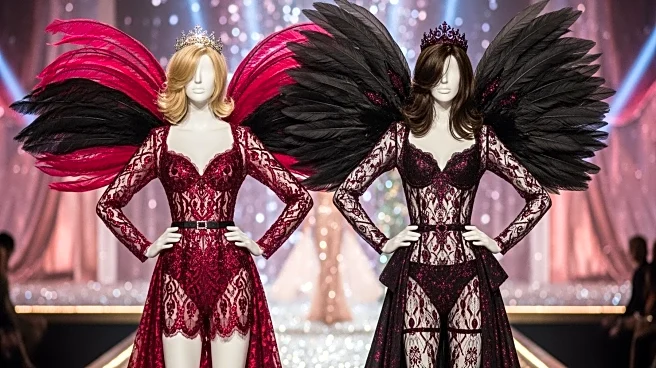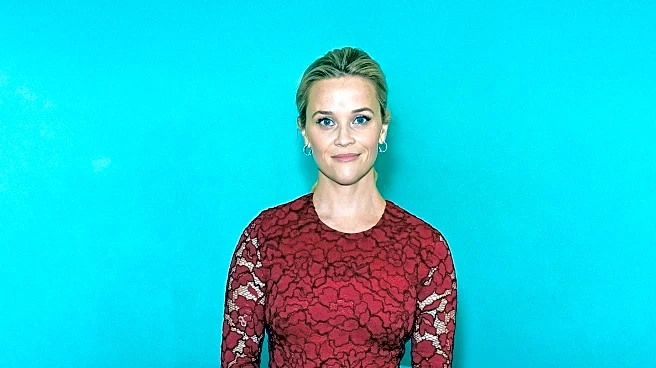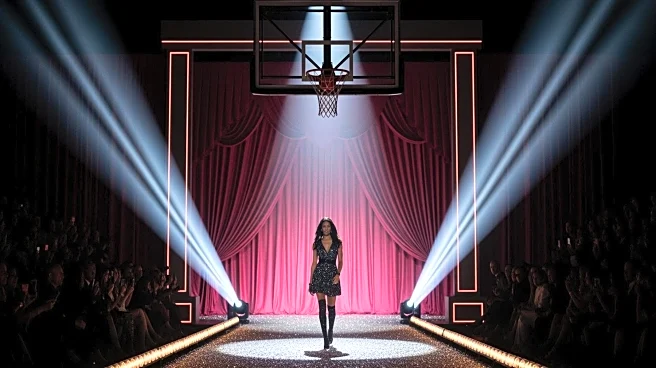What's Happening?
Sunisa Lee, an Olympic gold medalist from St. Paul, participated in the 2025 Victoria's Secret Fashion Show held in New York City. Lee, known for her achievements in gymnastics, represented the PINK brand
on the runway. Her appearance was part of a broader inclusion of athletes in the fashion event, which also featured Angel Reese, a two-time WNBA All-Star. This marks a significant crossover between sports and fashion, highlighting the influence of athletes in diverse industries.
Why It's Important?
The participation of athletes like Sunisa Lee in high-profile fashion events such as the Victoria's Secret Fashion Show underscores the growing intersection between sports and fashion. This trend reflects a broader cultural shift where athletes are increasingly seen as influential figures beyond their sports, impacting fashion, lifestyle, and media. For brands like Victoria's Secret, featuring athletes can attract a wider audience and enhance their brand image by associating with the values of athleticism and empowerment. This move could potentially lead to increased sales and brand loyalty among sports fans and young consumers.
What's Next?
The inclusion of athletes in fashion shows may continue to grow, with more brands seeking to leverage the popularity and influence of sports figures. This could lead to collaborations between fashion brands and athletes, resulting in new product lines or marketing campaigns. Additionally, athletes may increasingly explore opportunities in fashion and entertainment, diversifying their careers and expanding their personal brands. Stakeholders in both industries will likely monitor consumer reactions and sales data to assess the success of such initiatives.
Beyond the Headlines
This development may also influence perceptions of body image and diversity in the fashion industry. By featuring athletes, fashion shows can promote a broader range of body types and redefine beauty standards. This could encourage other fashion brands to adopt more inclusive practices, potentially leading to long-term changes in industry norms and consumer expectations.











